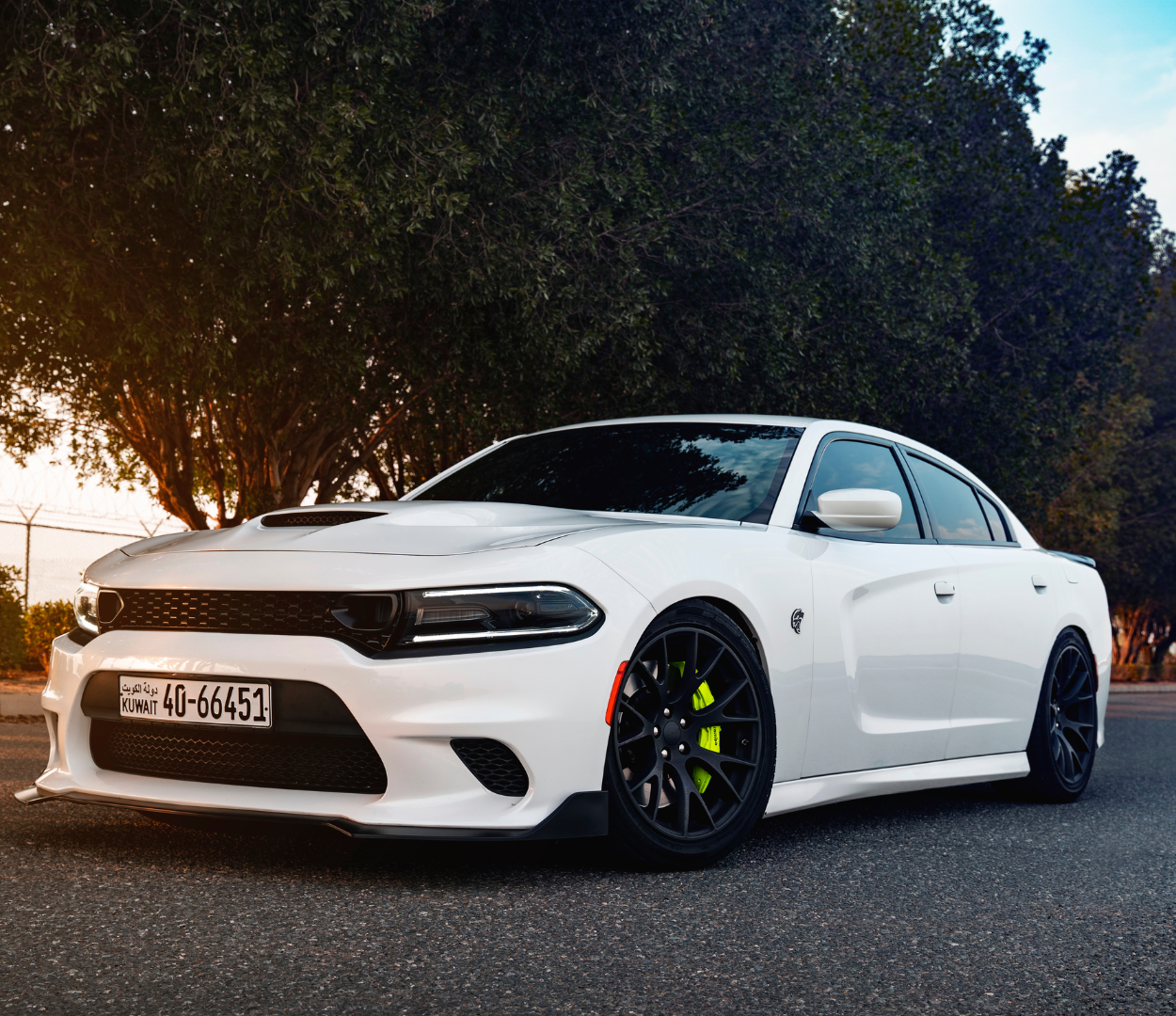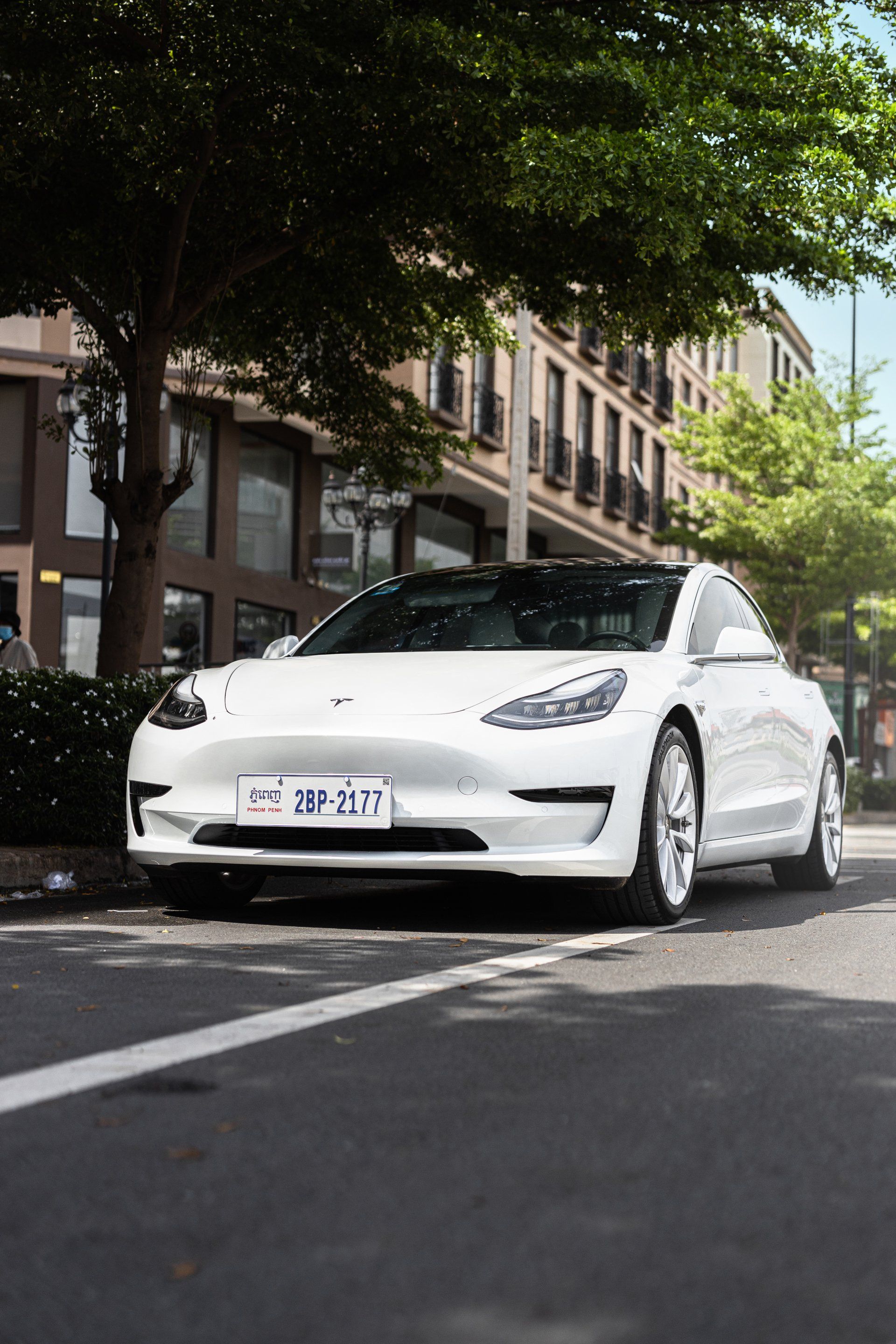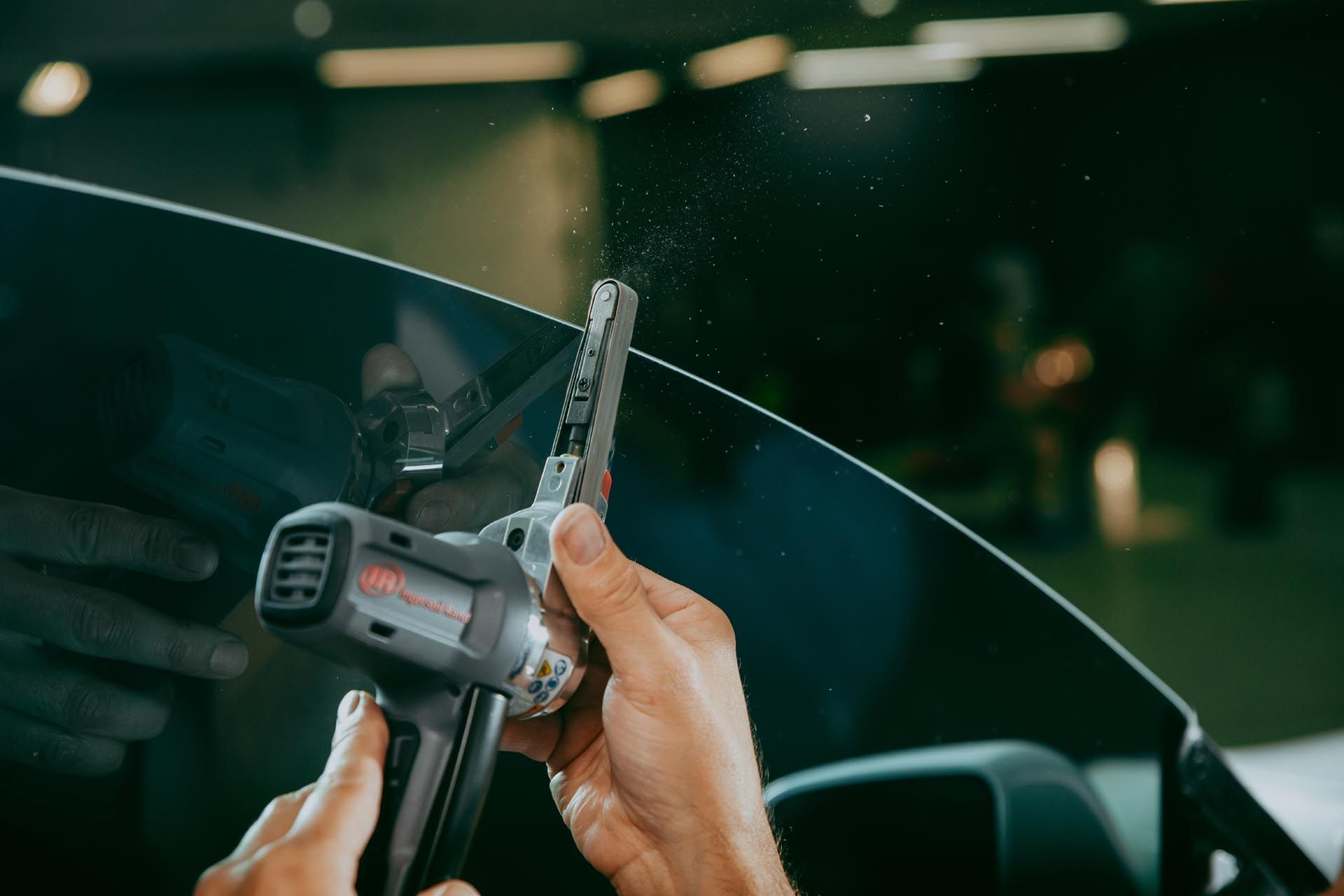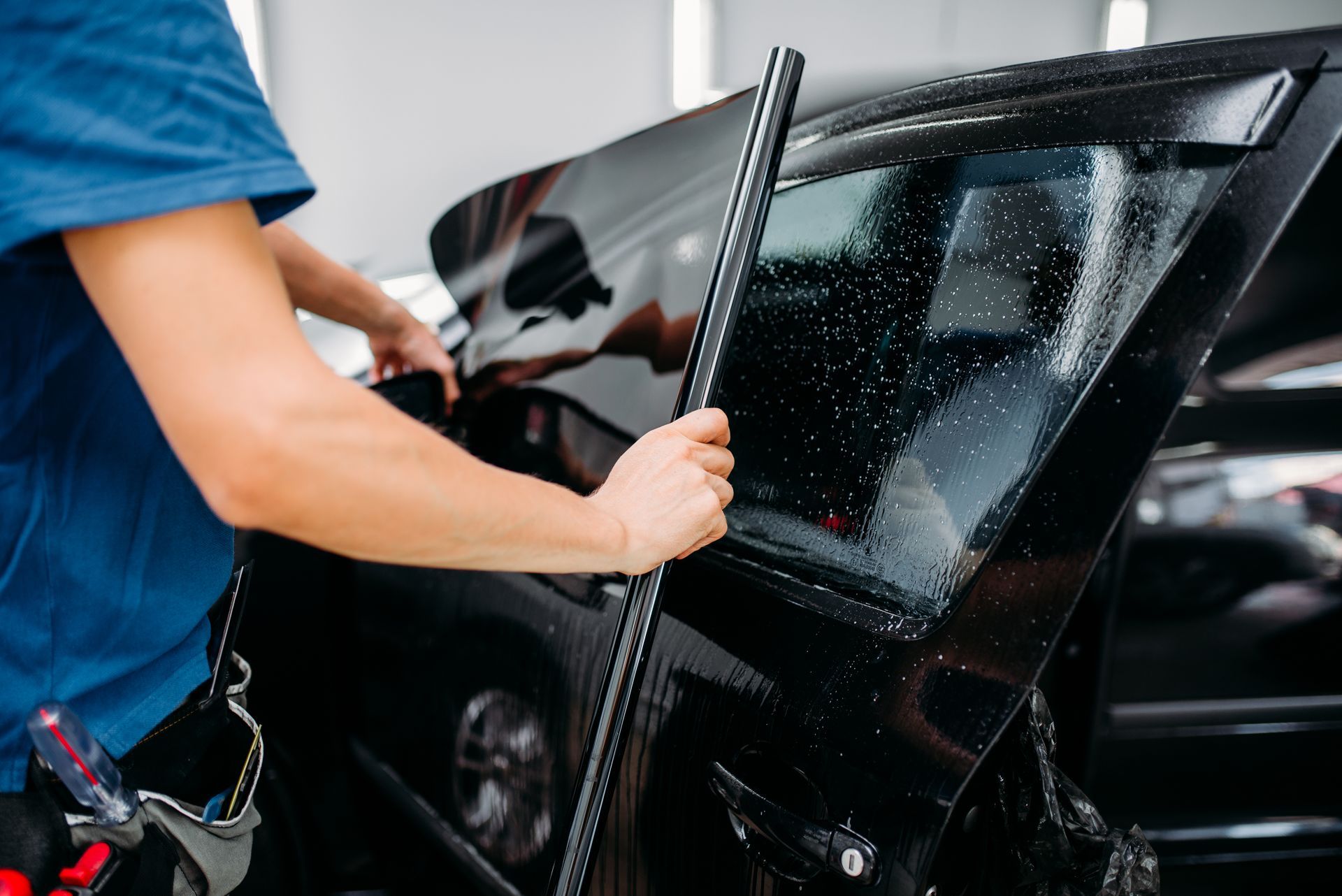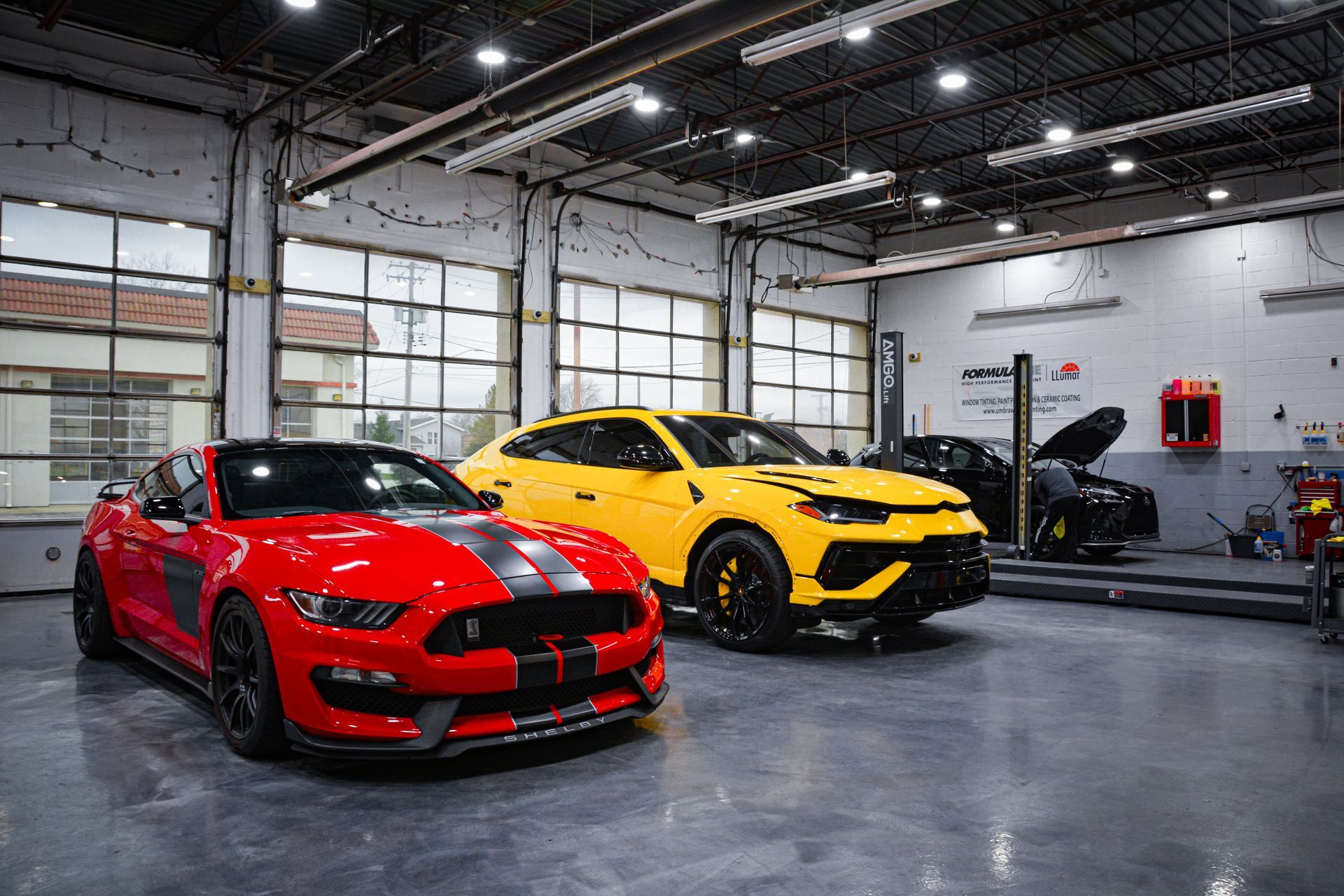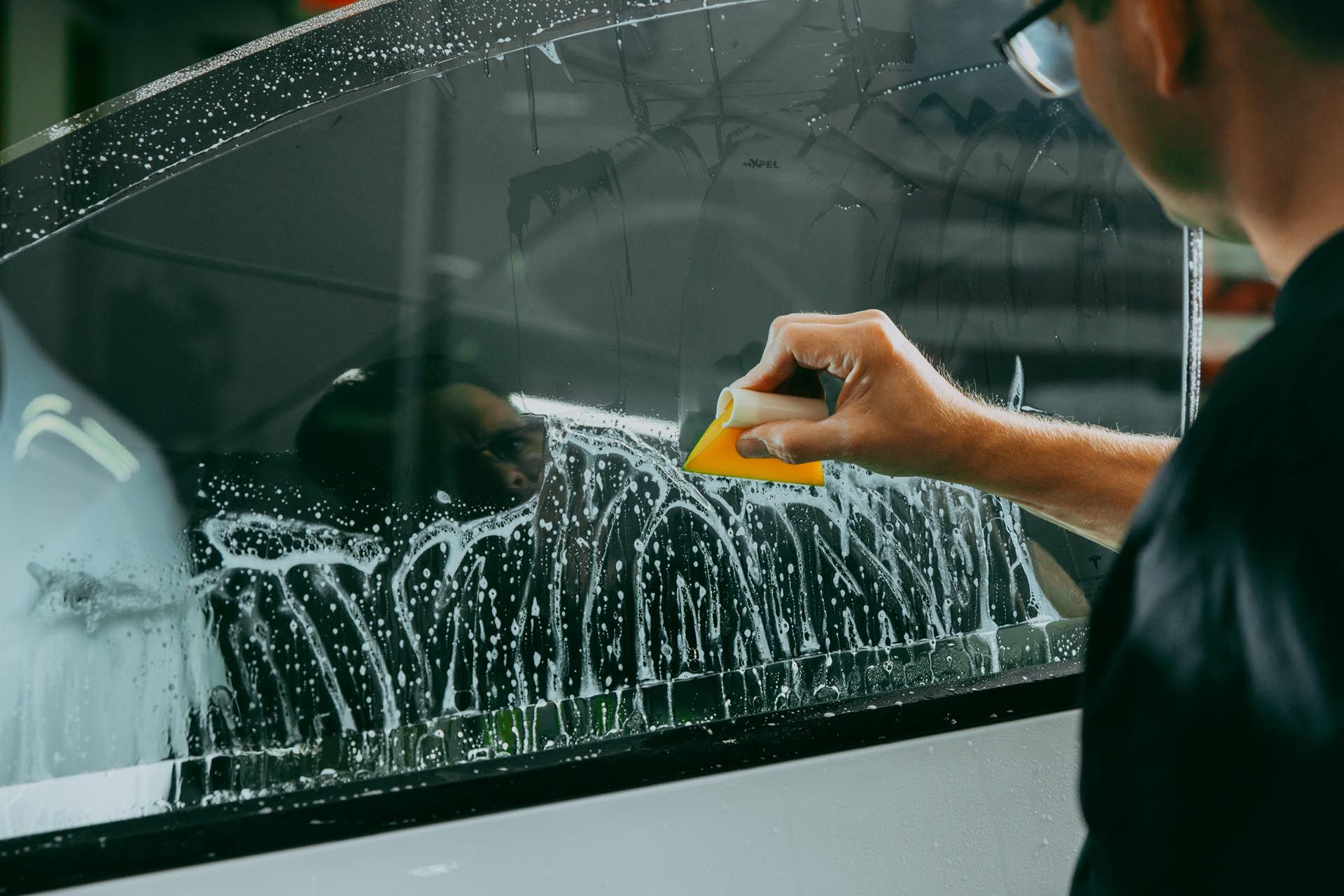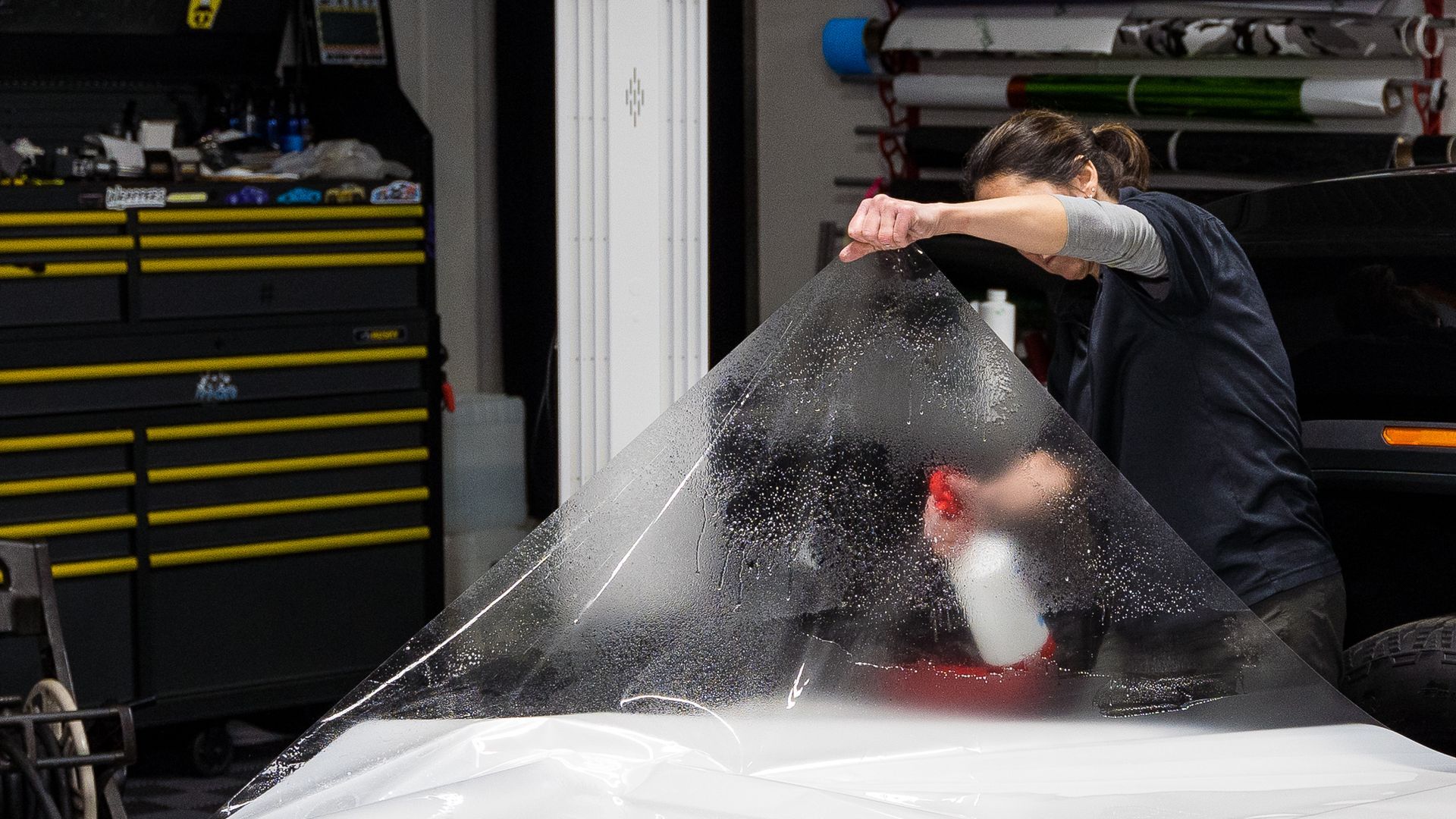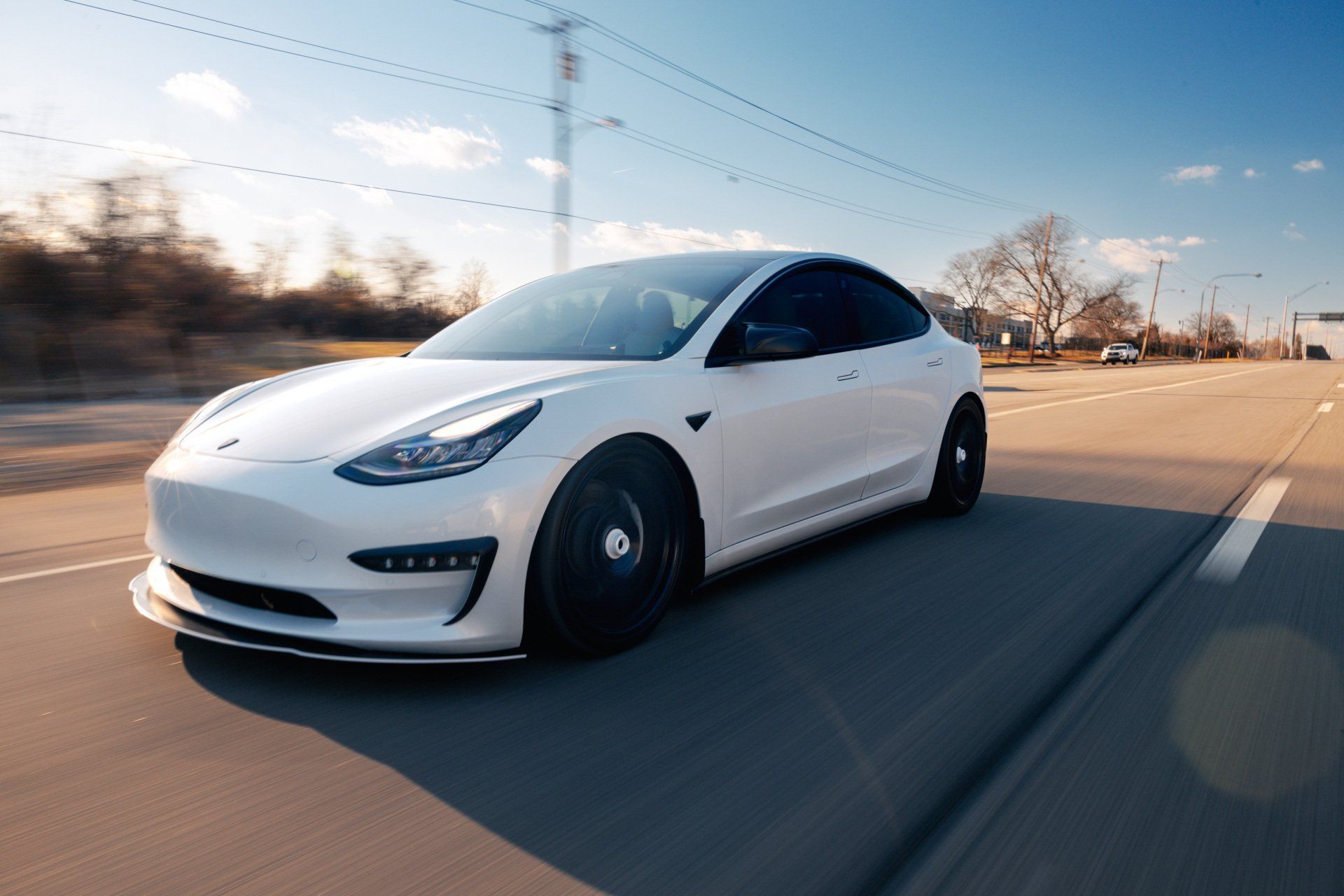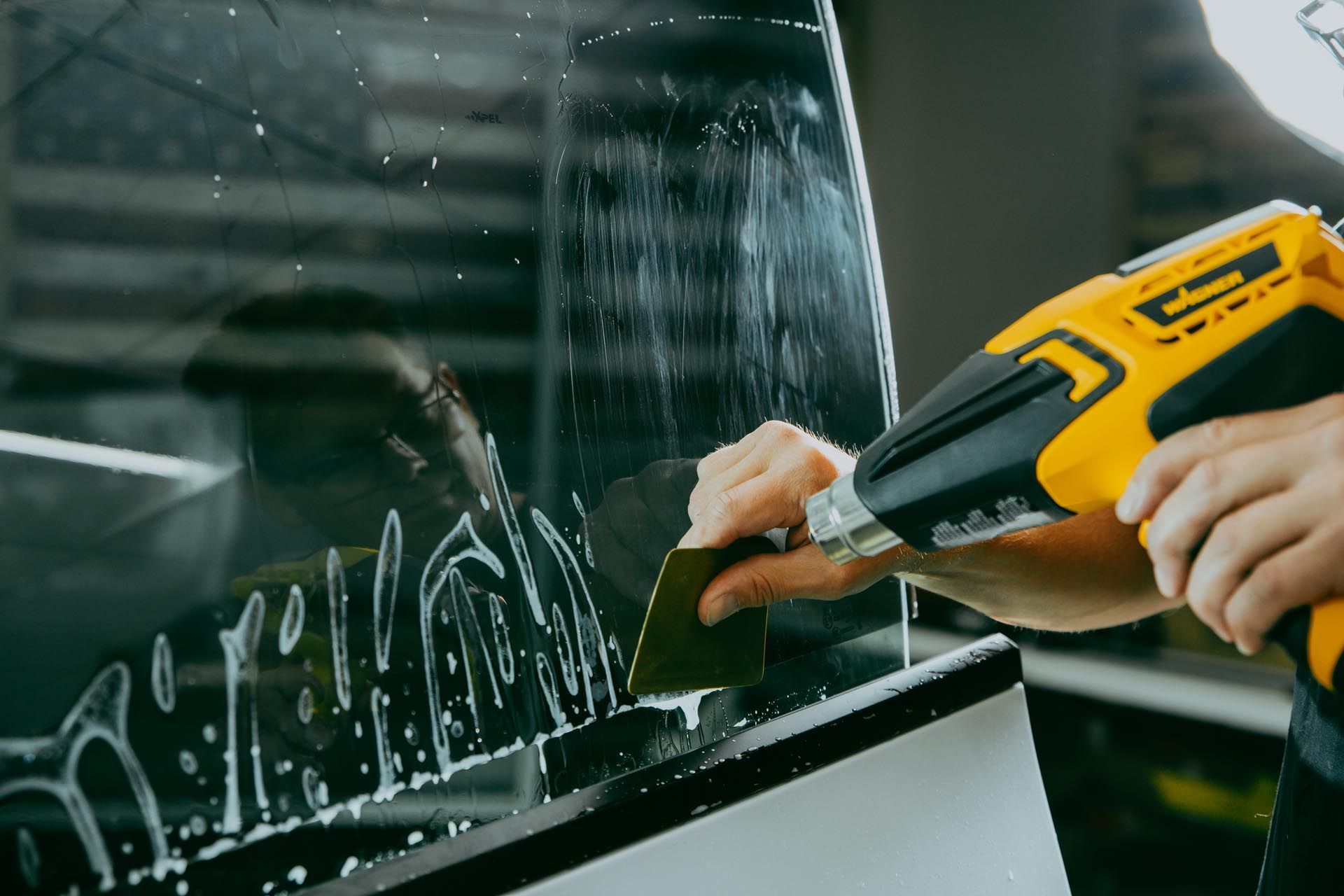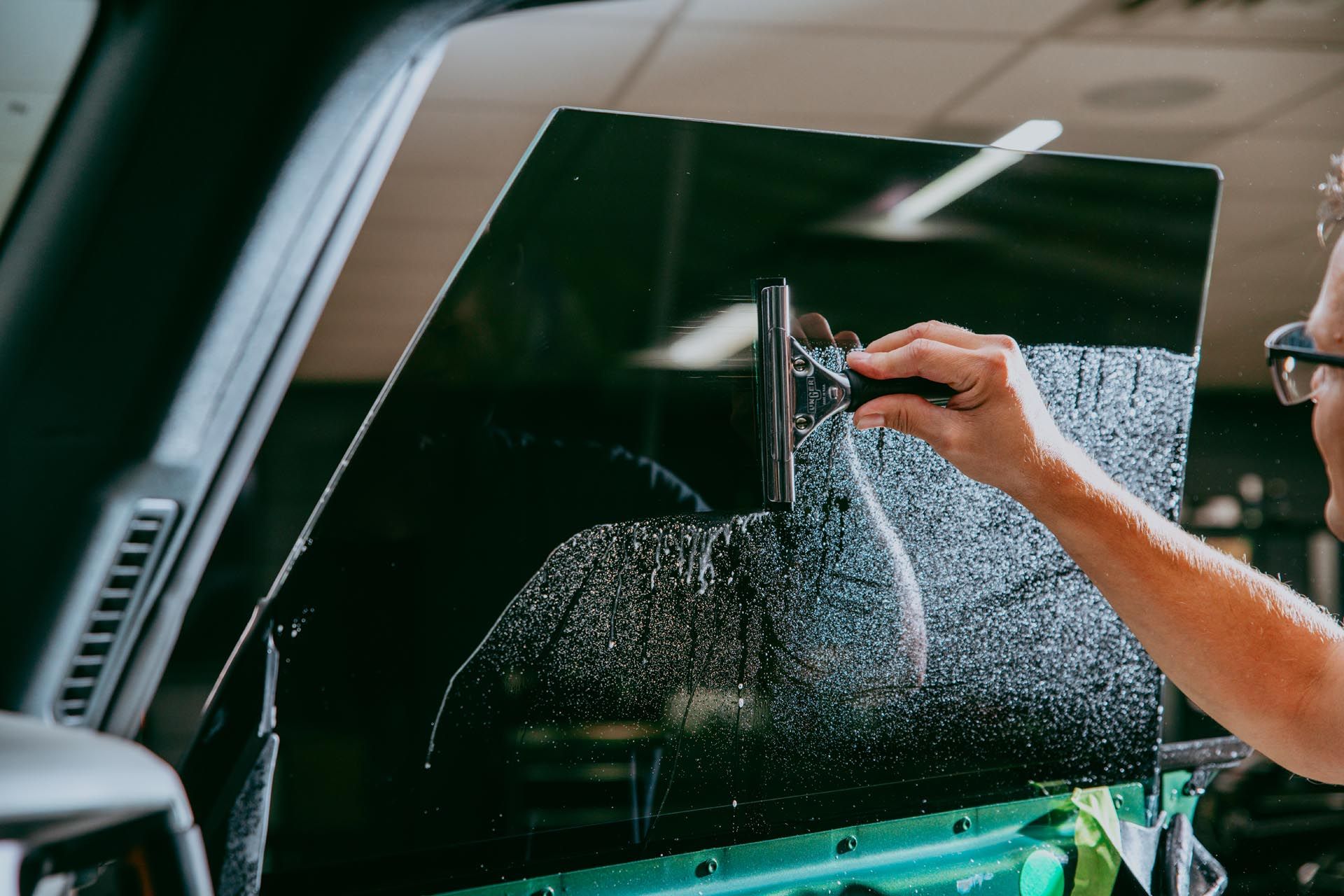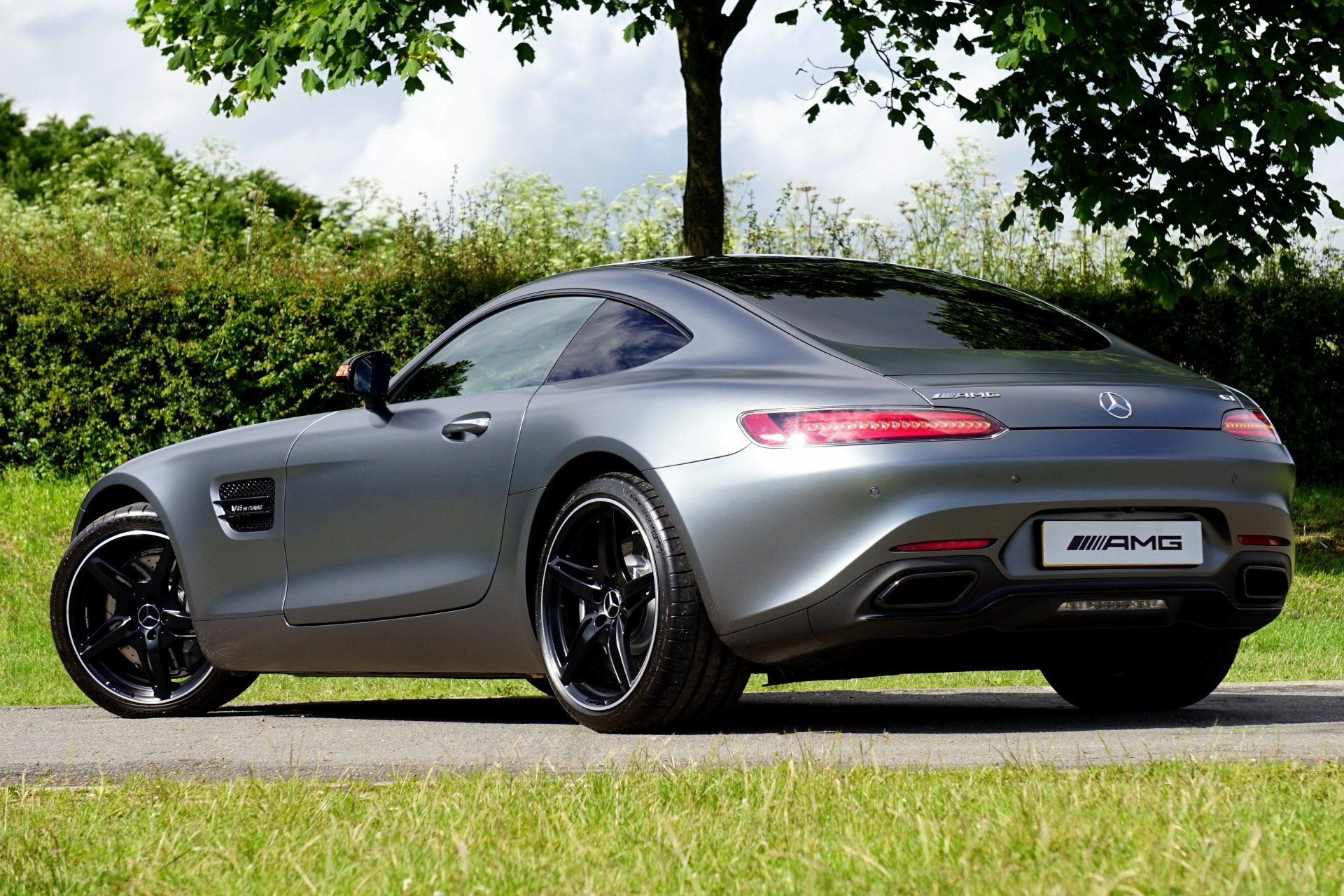When you think about coastal living, you probably picture beautiful beaches, stunning sunsets, and the joy of outdoor adventures. But have you ever considered how the sun's relentless rays can impact your car? If you spend time driving along sunny shores, your vehicle is at risk of fading interiors and uncomfortable heat. Fortunately, auto tinting might just be your best friend in this scenario. By applying tinted windows, you not only give your car a cool look but also protect it against harmful UV rays that can cause serious damage over time.
Auto window tinting protects vehicle interiors in coastal climates by blocking harmful UV rays, which prevents interior fading and deterioration of materials such as upholstery and dashboards. Additionally, the tints help reduce solar heat gain, leading to improved energy efficiency and a more comfortable driving experience despite harsh sunlight conditions.
The Benefits of Automotive Tinting in Coastal Areas
Coastal climates, known for their intense sunlight and high humidity, can severely damage the interior of your vehicle. Fortunately, auto tints can block harmful UV rays and solar heat. This remarkable level of protection is imperative when considering that UV radiation can cause fading and deterioration of interior materials, such as upholstery and dashboards. Imagine spending a day at the beach with the sun glaring down, only to return to find your car’s interior has aged several years overnight. It’s alarming how quickly the effects become noticeable. With consistent exposure to harsh sunlight, the average temperature inside a parked car can soar by as much as 40%, leading not just to discomfort but also to gradual degradation of interior materials. Think about it: the leather or vinyl in your vehicle can lose up to 30% of its lifespan without proper UV protection, making it essential to invest in quality tints that shield against these elements.
Beyond protecting your car’s surfaces from damaging rays, auto tinting provides crucial enhancements in privacy and security. Tinted windows create a barrier that makes it challenging for passersby to see into your vehicle. This simple yet effective measure serves two purposes: it protects your belongings from prying eyes and minimizes the likelihood of theft. With fewer individuals able to clearly view valuable items left inside, you reduce the risk of break-ins, creating peace of mind whether you're parked at the beach or at home. In addition to boosting privacy and security, consider that the aesthetic appeal of tinted windows enhances your vehicle's profile. Not only do they look sleek, but they also contribute to cooler temperatures inside the cabin, allowing you to rely less on air conditioning and thereby enhancing energy efficiency over time. This thoughtful approach extends beyond just adding a chic appearance; it translates into tangible savings on fuel costs as well.
As you weigh these benefits, remember that investing in quality automotive tint isn't merely a cosmetic decision but a fundamental means of preserving your vehicle’s integrity in challenging coastal conditions.
Protection Against Harmful UV Rays
Prolonged exposure to UV rays is linked to serious health risks, including skin cancer and premature aging. You might think that sitting inside a car offers some protection from these harmful rays, but that's not entirely true. Individuals who spend significant time in vehicles can still suffer skin damage due to UV-A and UV-B rays filtering through windows. Imagine driving along the picturesque coast with the sun shining brightly overhead. It’s relaxing—until you remember that every ray of sunlight streaming through your car windows poses a potential risk. As lovely as coastal drives can be, frequent drivers in sunny locales may expose their skin to chronic conditions over time.
How Tint Blocks UV Rays
Fortunately, automotive tint films act as an effective barrier against these harmful rays. These films are crafted using advanced materials like carbon and ceramic particles that efficiently block UV radiation. For instance, ceramic tints stand out not only for their high UV-blocking ability but also for their exceptional clarity—allowing you to enjoy visibility without obstructions. In coastal areas, where sunshine is abundant year-round, investing in quality window tint becomes even more essential. This means you’re not just shielding your skin from potential harm; you're also protecting the interior of your vehicle from fading upholstery and cracking dashboards caused by relentless sun exposure. The right tint reflects infrared heat while filtering out damaging UV lights, helping keep your car cooler and more comfortable without excessive reliance on air conditioning.
Keeping the Interior Cool and Comfortable
High temperatures in coastal areas can transform your car into an uncomfortable oven, often making it feel like a daunting task to get from point A to B, even with air conditioning blasting away. This is where auto tinting makes a significant difference. Imagine stepping into your car after it's been parked in the sun for a while. Instead of enduring a surge of heat that makes you question your life choices, tinted windows can help prevent that extreme discomfort. Not only does window tinting reduce the immediate temperature, but it also creates a cool oasis within your car, turning an otherwise miserable experience into one that’s far more enjoyable. Tinted windows can lower car cabin temperatures by up to 45%. This statistic highlights how effectively these films work in keeping the unbearable heat at bay. When you consider that the combination of heat and humidity in coastal climates can feel particularly oppressive, this benefit becomes even more pronounced. Vehicles equipped with tinted windows consistently registered significantly lower interior temperatures compared to their non-tinted counterparts!
The reduction of interior temperature isn't just about comfort; it has functional benefits too. As reliance on air conditioning decreases, you’re likely saving money on gas as well as minimizing wear and tear on your vehicle's HVAC system. Furthermore, employing window tinting actively enhances energy efficiency inside your vehicle. Tints essentially act as barriers against radiant heat from the sun, allowing for greater energy savings as they preserve cool air generated by air conditioning systems. Many drivers note that they spend less time fiddling with their AC settings because tinted windows keep temperatures stable longer without constant adjustments. For those living in consistently hot areas, opting for high-quality ceramic or carbon window films may provide not only an elegant appearance but also offer superior thermal insulation without compromising visibility. It’s a dual benefit that combines aesthetics with functionality—achieving both style and comfort seamlessly.
Reflective Glass and Temperature Regulation
Reflective window tints represent a remarkable advancement in automotive technology, especially for those living in sunny coastal regions. These specialized films are crafted with layers that reflect significant amounts of heat away from the car’s interior while allowing light to enter, striking a perfect balance between visibility and comfort. Imagine stepping into your vehicle on a scorching day; picture how much better it would feel if the interior were notably cooler.
Mechanism of Reflection
To understand how reflective window tints operate, consider them to be an invisible shield against the sun's relentless rays. The magic lies in their metalized layers, which efficiently reflect infrared light—responsible for most of the heat we feel—while selectively absorbing UV light that can damage your vehicle's upholstery and harm passengers. This step is crucial because while dyed tints generally absorb heat, reflective tints take the more proactive approach of keeping it out altogether. It's akin to wearing a light-colored shirt on a hot day; the fabric reflects sunlight rather than absorbs it, helping you stay comfortable.
Cost Considerations for Auto Tinting
The initial investment in auto tinting may seem daunting, but it’s important to break down these costs to appreciate the value you’re getting. For starters, upfront costs can vary based on the type of film and size of your vehicle. A basic dyed tint for an average sedan typically falls between $150 and $250. However, if you're leaning towards advanced options, like ceramic tints that block up to 99% of harmful UV rays, prices range from $450 to $750. While this may indicate higher upfront expenses, it reflects the quality and longevity of the product—integral for those living in coastal areas facing relentless sunlight.
Understanding these costs invites us to consider not just what you pay today but how you'll benefit down the road. This leads us to long-term savings resulting from auto tinting. Although the initial spending might make one think twice, it’s worthwhile to remember that window films contribute to decreased fuel consumption by minimizing reliance on air conditioning. In hot coastal climates where you would otherwise crank up the AC constantly, fuel savings can add up quickly. Additionally, maintaining your car’s upholstery integrity by protecting it against sun damage prolongs its life and saves money on repairs or replacements down the line. By investing in high-quality window tint now, you're potentially saving hundreds, even thousands of dollars later.
Users extensively debate this aspect in various automotive communities. Conversations frequently revolve around whether the premium price tag associated with ceramic tints is truly justified. After weighing the pros and cons, many users reach a consensus: yes! They see tangible benefits such as extraordinary UV protection, enhanced comfort from reduced glare, and increased durability against wear and tear. This level of protection doesn't just fortify your vehicle's interior; it aligns beautifully with long-term cost-saving goals, confirming that auto tinting is indeed a wise choice for those wanting to protect their investment while enjoying their vehicle more comfortably.
In summary, the overall benefits of auto tinting extend beyond immediate costs into significant long-term savings and protection. It's a prudent investment for enhancing both your vehicle's comfort and longevity.
Top Window Tinting Solutions in Glendale Heights, IL
Umbra Window Tinting brings premium auto window tinting services to Glendale Heights, IL, helping drivers enjoy greater comfort, privacy, and protection on the road. With expert installation and high-performance films, we reduce interior heat, block harmful UV rays, and give your vehicle a sleek, finished look that stands out. Whether you're commuting daily or heading out for a weekend cruise, our tinting solutions make every trip more enjoyable. Book your service with Umbra Window Tinting today and experience the difference!

